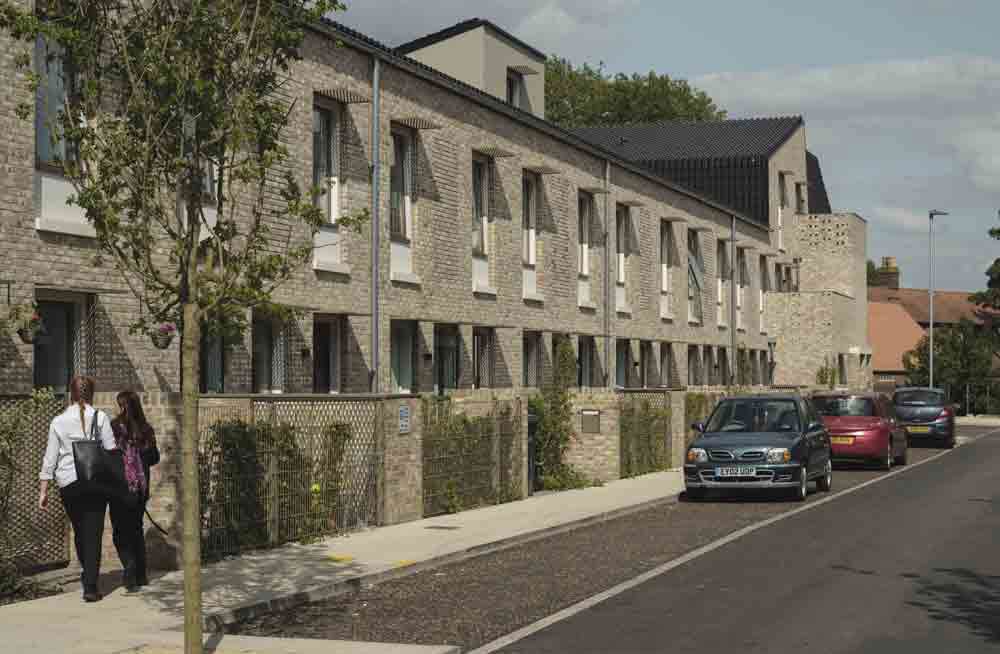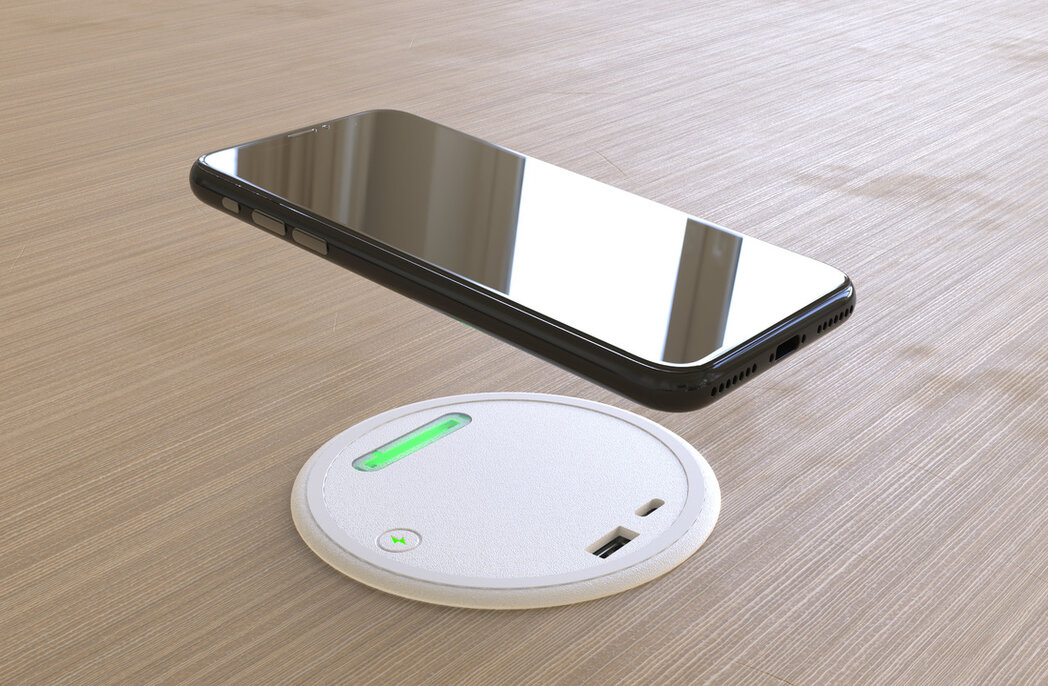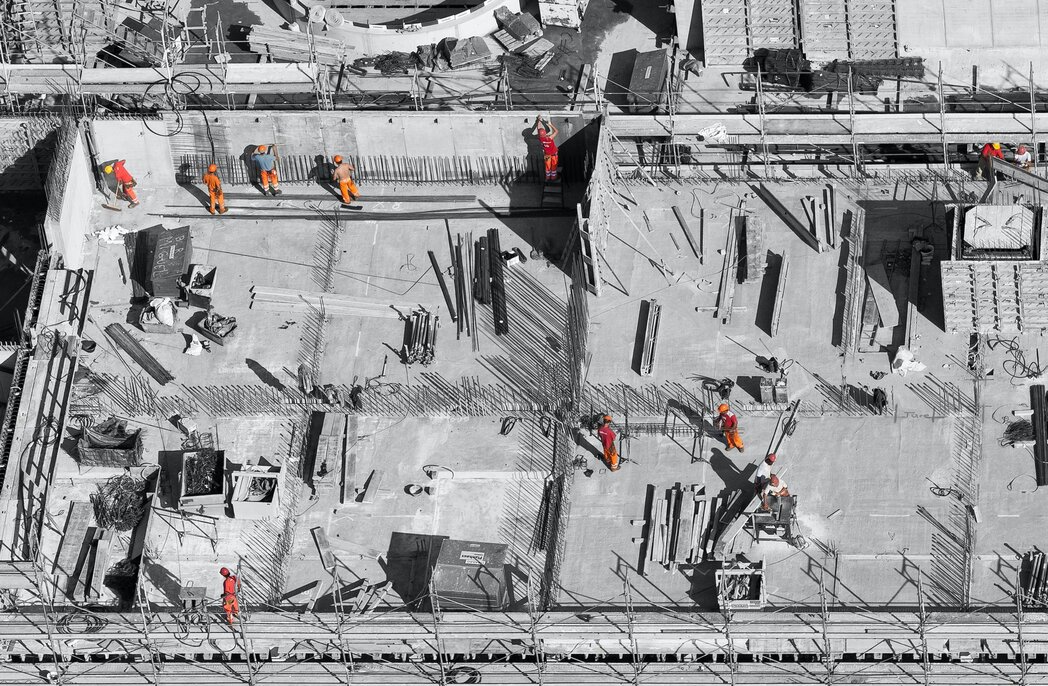
The A&D community on the challenges of working from home
The A&D community on the challenges of working from home
Share
In putting together our new video series, Working from Home, we asked architects and interior designers to film short clips of their home offices and share some tips.
While chatting about the series, a few challenges kept popping up – at home distractions, concerns about the economy, worries about productivity and staying connected to colleagues.
These concerns were mirrored in the ‘Pulse Check 1‘ and ‘Pulse Check 2‘ surveys recently carried out by the Association of Consulting Architects Australia.
So we asked those same architects and designers to share some more details about these challenges and some advice for overcoming them.
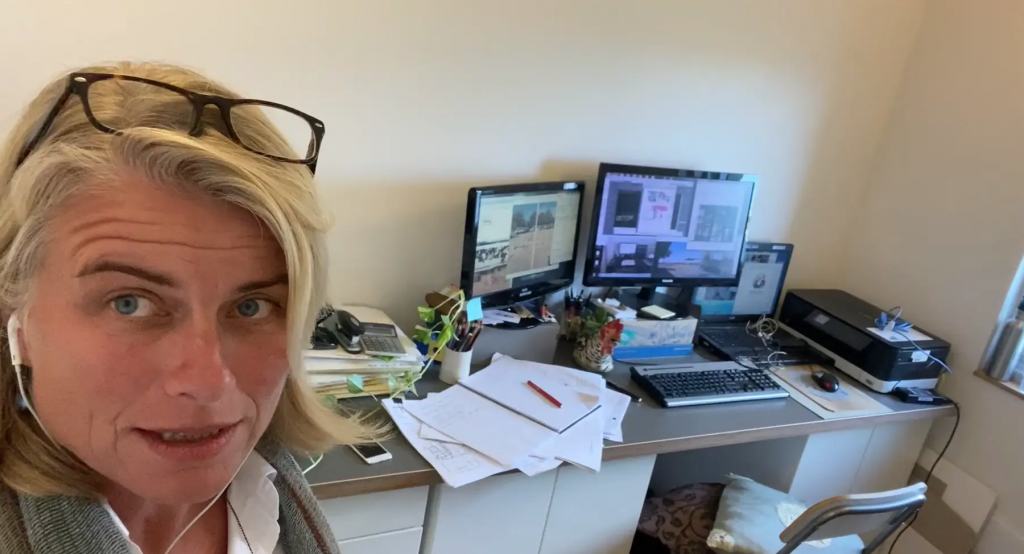
Staving off anxiety and avoiding distractions
If you’re anything like us, you have the ABC’s Just In page open and are constantly refreshing for new stories, but not only is this distracting, it increases anxiety.
A lot of people in the industry say they’re anxiously watching the news to see more closures, more job losses and more talk of the tanking economy.
For some, it’s the unknown fear of what’s to come. One architect spoke of the calm before the storm, constantly scrolling his news feed, expecting the worst.
Tips:
A dedicated workspace removed from partners, so you aren’t bumping into one another or interrupting each other’s virtual meetings is a great start. So is turning your phone to silent and not scrolling through social media or news feeds during the work day.
For parents, our favourite tip was to create a stoplight system, where you put a red, yellow or green circle on the office door. Green means to come right in, yellow means to ask first and red means do not disturb.
Another tip was to make a list of distractions and work out how to diminish, eliminate or minimise that distraction during the day. Get the kids on a preplanned schedule and avoid ‘boredom snacking’, which can make you feel sluggish.
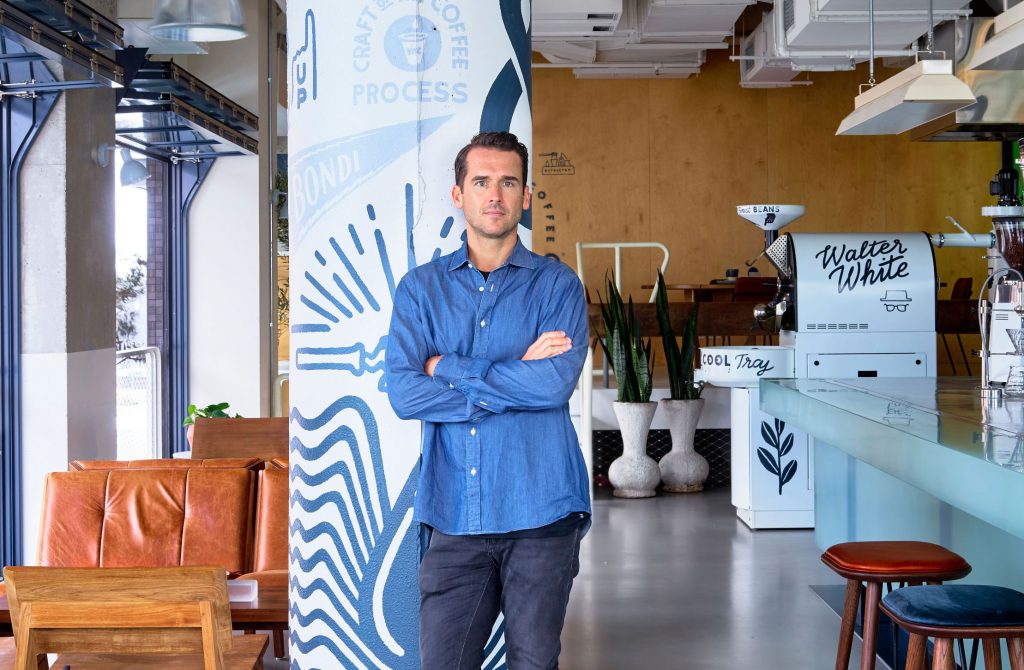
Concerns about the economy and the future of the industry
It’s hard to put in a solid day’s work if you’re wondering whether you’ll have a job to go back to or a practice or studio to run.
The industry has been hard hit, with 89 per cent of the practices the ACA spoke to experiencing project cancellations or pauses. The organisation calculated subsequent loses for the 300 practices that shared financial details at more than $5 billion.
A lot of the designers and architects we spoke to mentioned halts in retail and hospitality. Some were less concerned about the health impacts of COVID-19 and more about its effect on the economy and whether it would be worse than the Global Financial Crisis.
Tips:
Our top tip is to continue to reach out to news platforms like ADR. It might seem like one for the back burner, but promoting your practice and your projects is tantamount. It helps to get your name out there, especially since a lot of people are at home and scrolling design websites more than they previously were.
Plus, we all need a little lift at the moment and you deserve to be celebrated for the work you’ve completed!
Alexander & CO. principal Jeremy Bull spoke to ADR recently about keeping your company fit, trimming off any fat and looking at ways to stay solvent and hit the ground running when the pandemic passes and restrictions are eased.
Rather than see doom and disaster, Bull suggests we seize the opportunity to transition to remote practice, speak honestly to clients and evolve and adapt.
In the The Gift of Fear, Gavin de Becker writes: “When you worry, ask yourself, ‘What am I choosing not to see right now?’ What important things are you missing because you chose to worry over introspection, alertness or wisdom?”
Getting upset doesn’t provide us with options. It’s better, as one architect told us, to apply your creativity to problem solving.
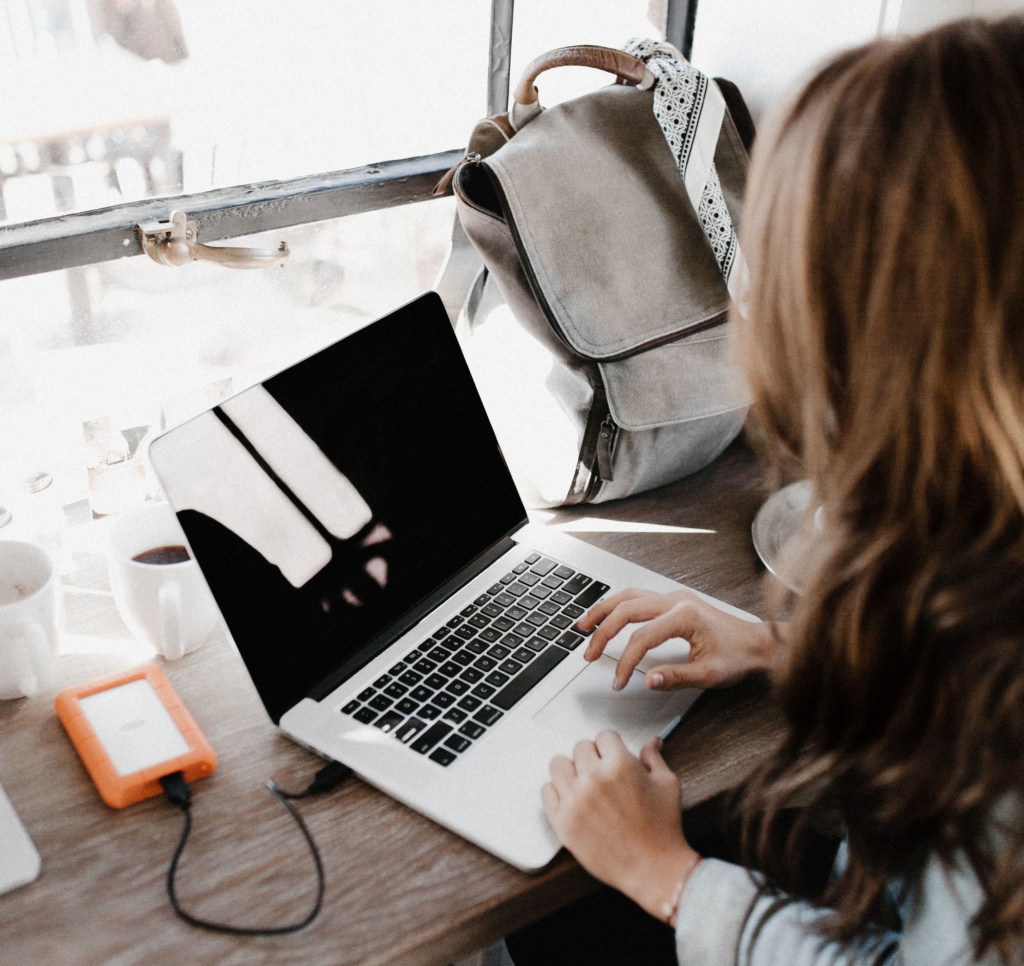
Maintaining, or even increasing, productivity
There is no question we’re more productive when we’re working in an office rather than when we’re working from home. Social media, the news, family, phone calls and household chores that have to be done at 11am and 2pm and 3pm are just the beginning.
In the ACA survey, most of the 777 practices experienced a drop in productivity since moving to working from home. But those in the industry added an extra concern – job security. A lot of architects and designers we spoke to felt like they needed to do more and work longer hours to make themselves appear more indispensable in these insecure economic times.
In the ACA survey, 259 practices had reduced their employees’ hours, 195 employees had been made redundant across 62 practices, 150 had been stood down within 57 practices and 224 casual employees had been made redundant or stood down by 145 practices.
Tips:
No one is working from home to peak performance at the moment, but one of the top tips for increasingly productivity was to have two monitors and a comfortable chair. The other recurring piece of advice was to have a dedicated table for drawing.
A schedule and to-do lists are key for increasing productivity. So is a system like the Pomodoro technique, that is working on a task for 25 minutes then taking a five minute break. After four rotations, take a longer break. Repeat this process until the workday is over.
A final tip from an interior designer: “Do your work during your work day and and only stop for self-care. That’s it. Do not do household chores.”
Self-care, she explains, is lunch, checking in with family or talking a short walk around the house or block.
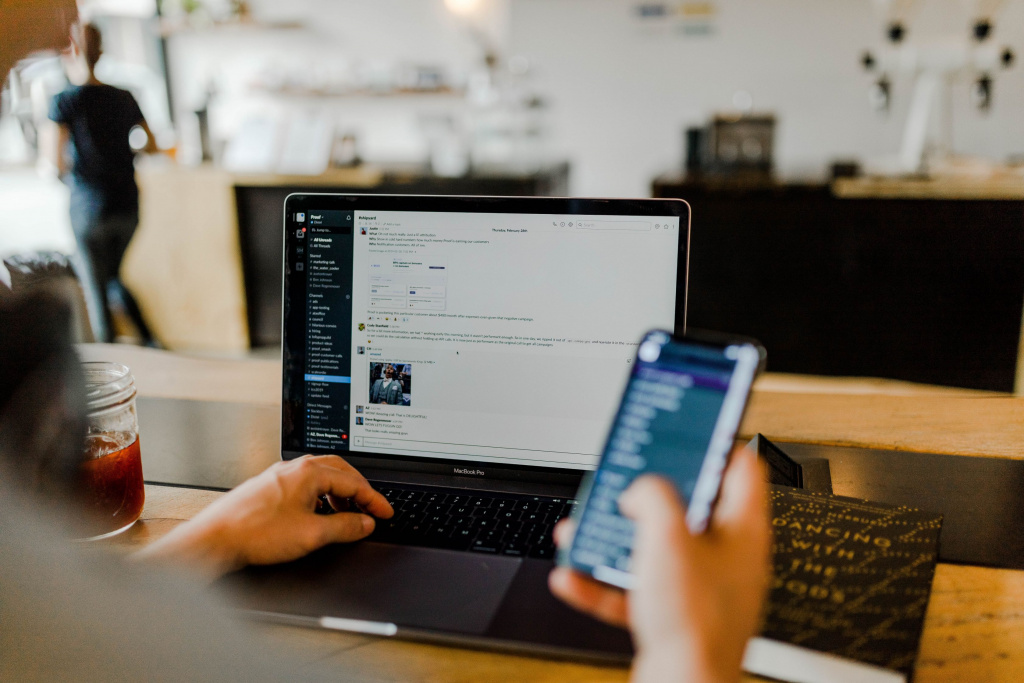
Staying connected with colleagues
Architecture and interior design is a collaborative process. One of the reasons why practices and studios are experiencing a drop in productivity working from home is because it’s a lot harder to collaborate, communicate and edit when everyone isn’t sitting in the same room.
For the respondents of the ACA survey, there was an added concern about the metal wellbeing of staff members, in particular younger staff and those with family commitments.
More than 50 per cent were also experiencing some or substantial difficulties with the internet, and a third had difficulties with software, network and file sharing.
Tips:
Staying connected doesn’t mean sending 1000 emails a day. The top tips from our architects and designers is to set aside five minutes out of every half an hour to respond to emails.
This also reduces the amount of bad news you consume at once. A lot of the designers we spoke to said they spent hours ‘putting out fires’ each day. If you reduce the email reading to set times, you’ll also better manage your anxiety.
A daily morning video conference with colleagues is a good way to stay connected and keep up with the team. In this meeting, you should be talking about what you’re working on that day and any issues or concerns.
Another idea is to synchronise with your team so everyone is focusing on work and sending and responding to messages at the same time.
If you’d like to share your story, drop us an email at elisa.scarton@niche.com.au.
You Might also Like
